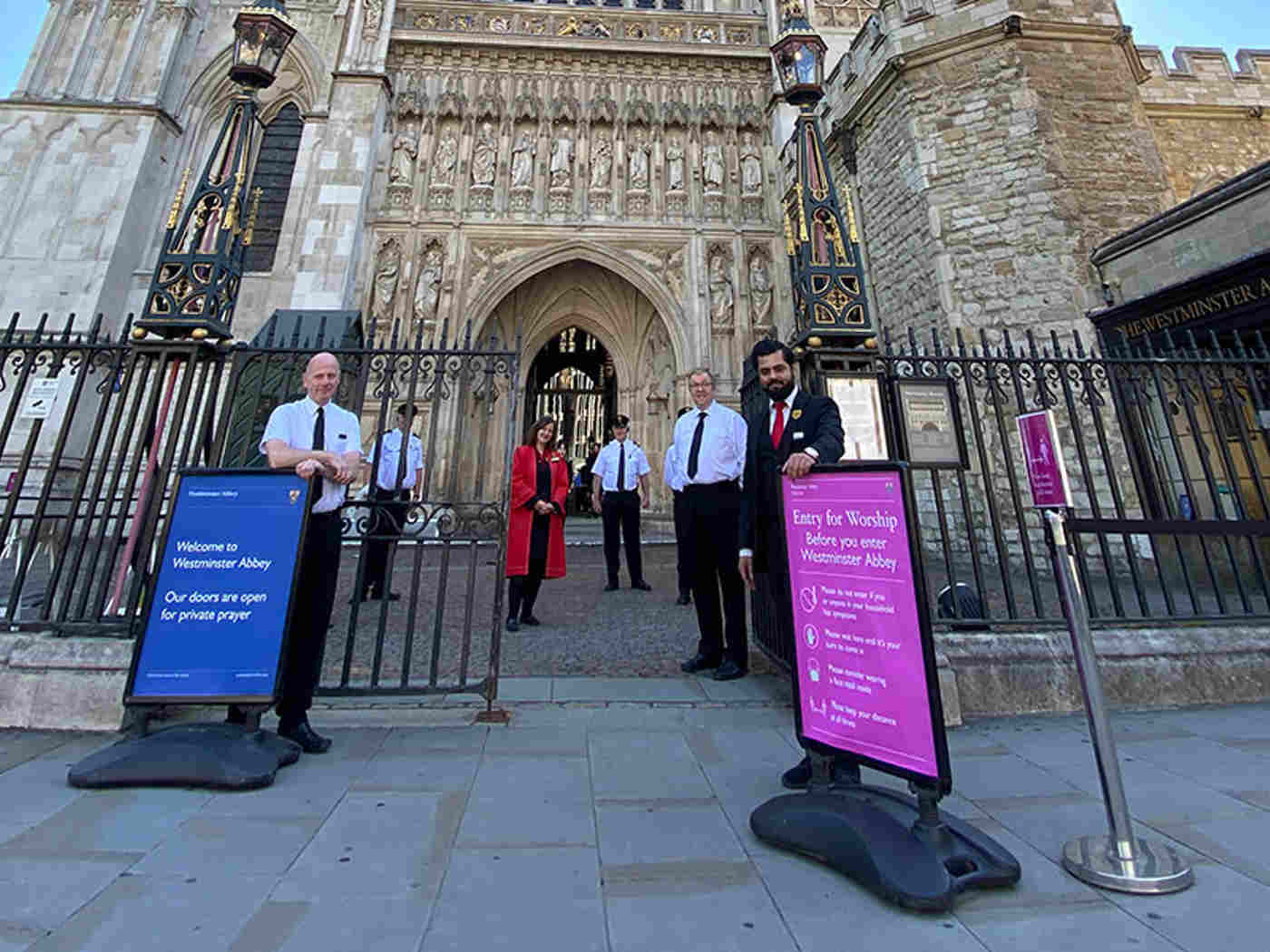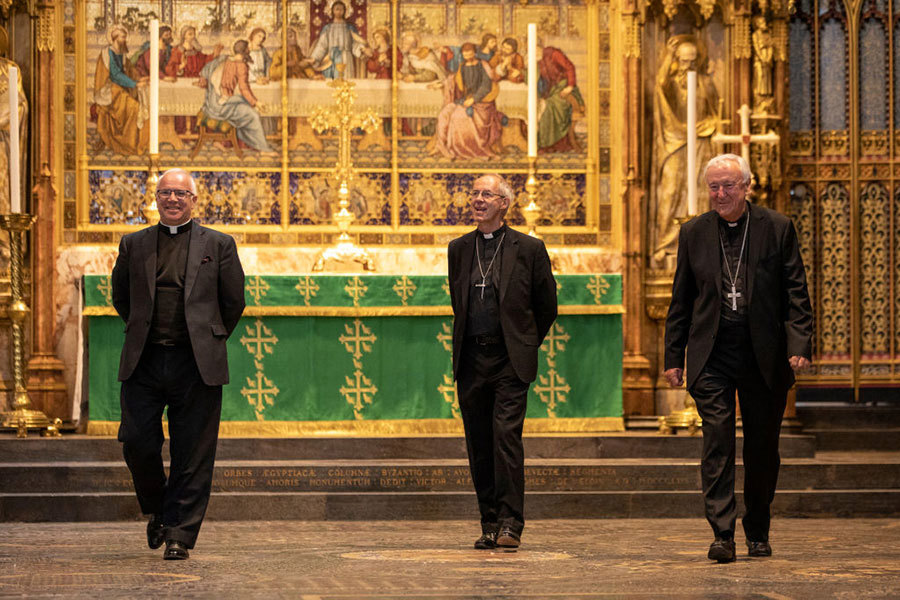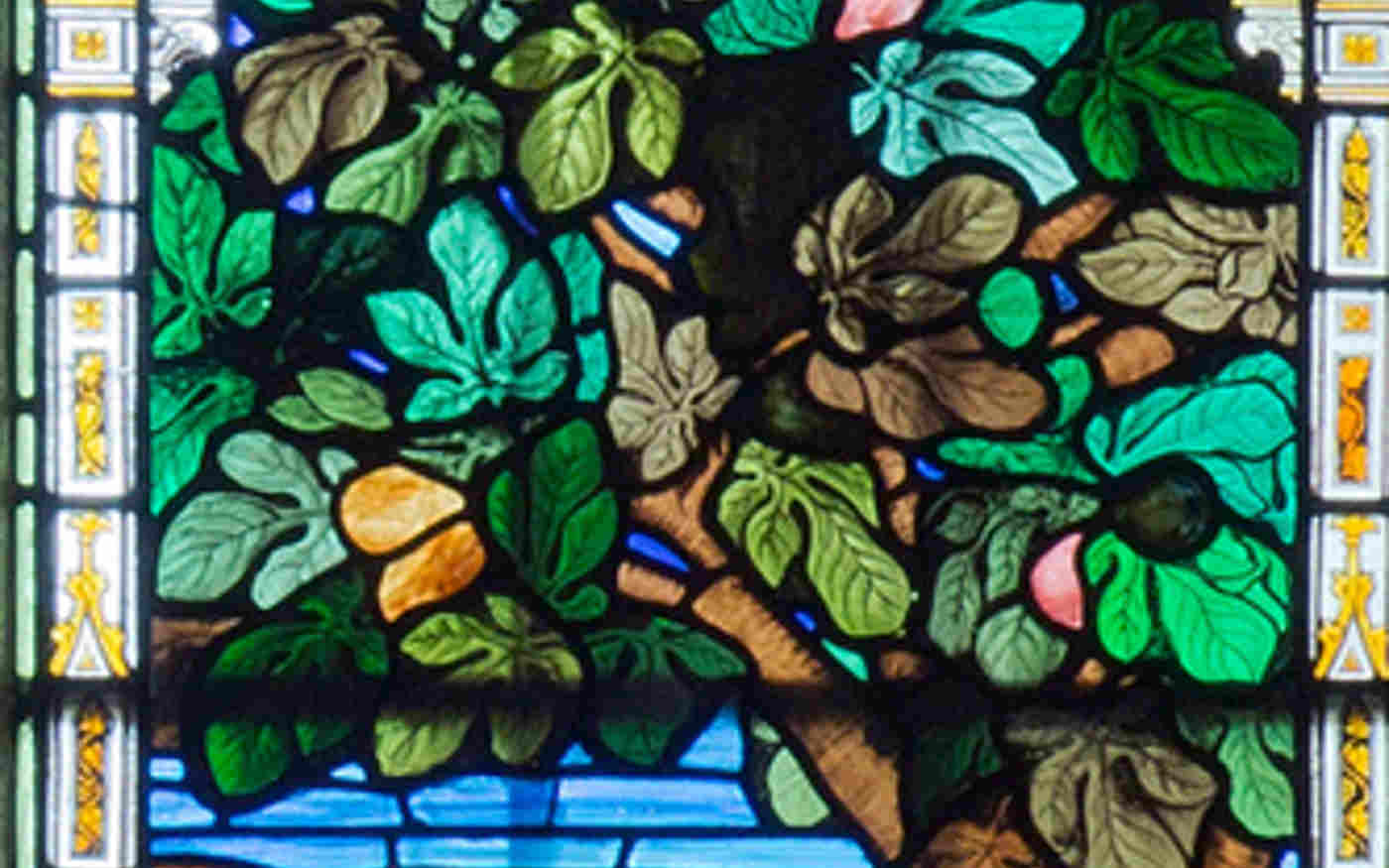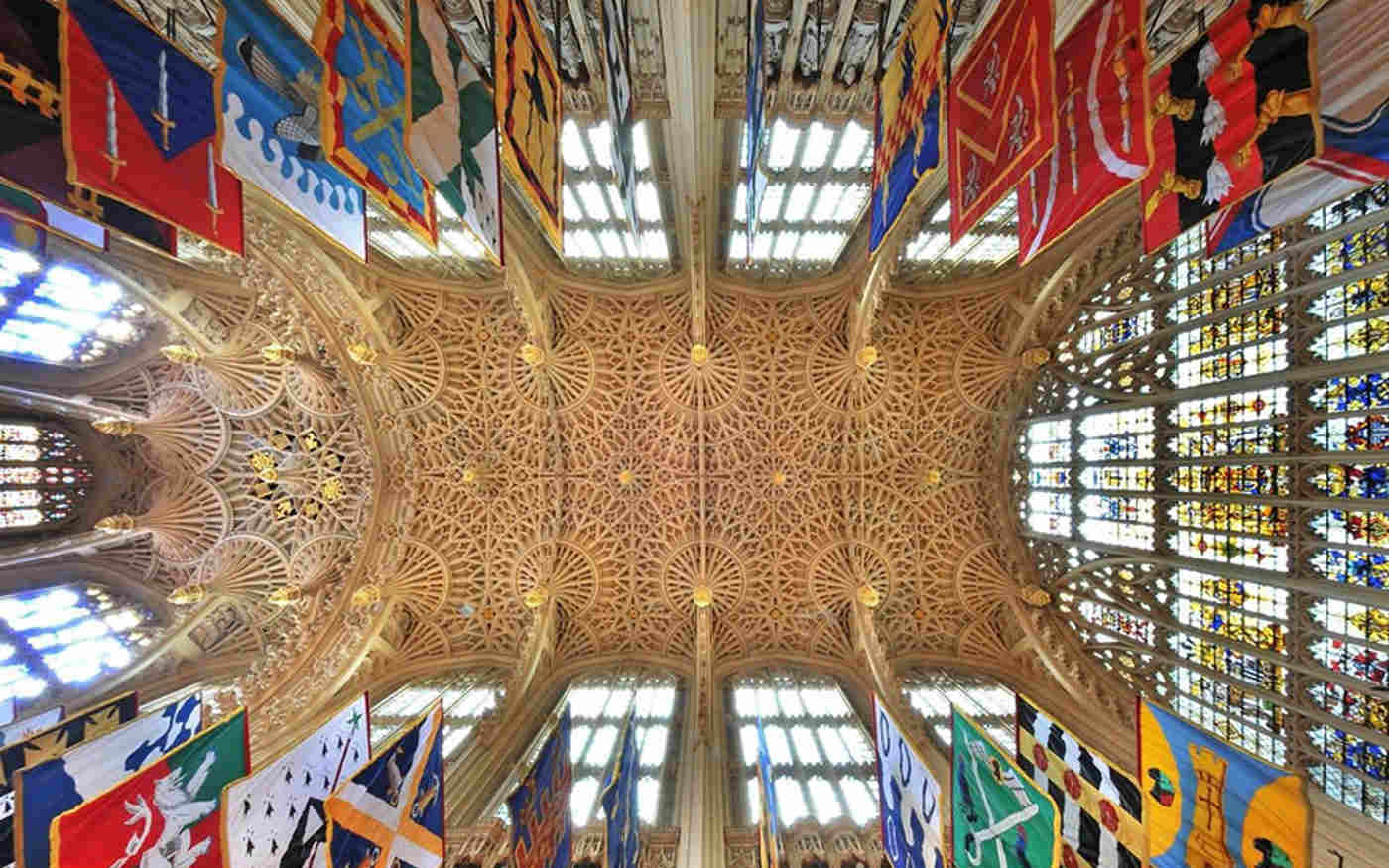Abbey opens its doors and welcomes two Archbishops
Monday, 15th June 2020
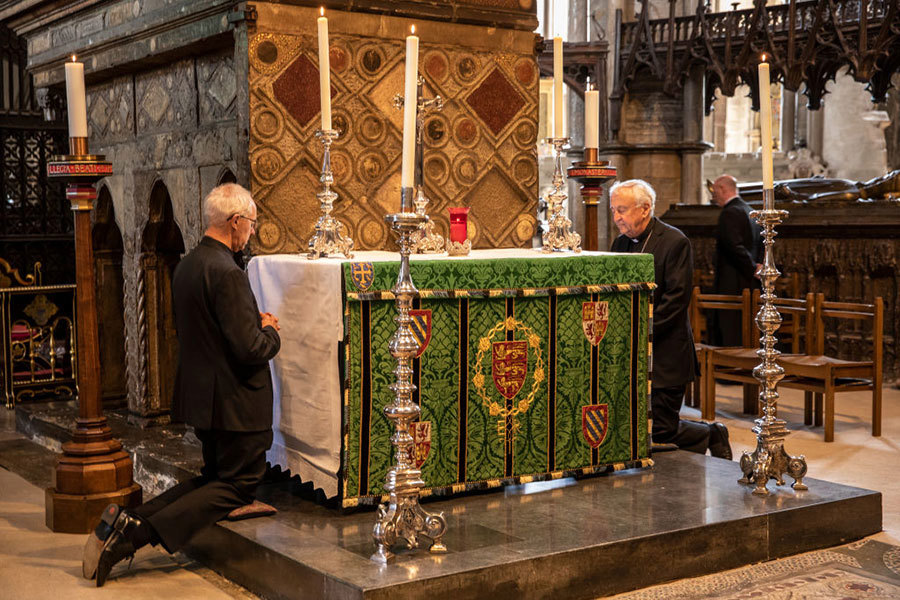
Two of the country’s most senior church leaders visited Westminster Abbey today (Monday 15th June) when the Great West Door opened for the first time in three months since churches were closed for the Covid-19 lockdown.
Following Government guidance, the Abbey now has re-opened for private prayer. Two of the first visitors were the Archbishop of Canterbury, the Most Reverend and Right Honourable Justin Welby; and Cardinal Vincent Nichols, Cardinal Archbishop of Westminster.
They were welcomed to the Abbey by the Dean of Westminster, the Very Reverend Dr David Hoyle, and taken to the Shrine of St Edward the Confessor behind the High Altar where they all prayed in silence.
